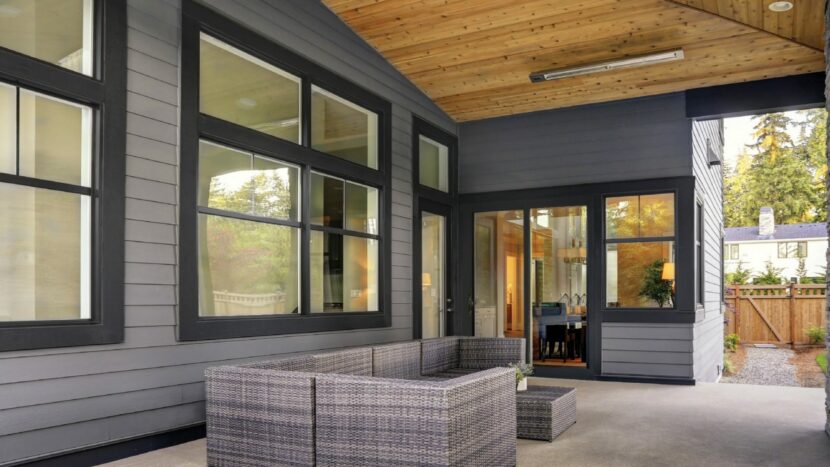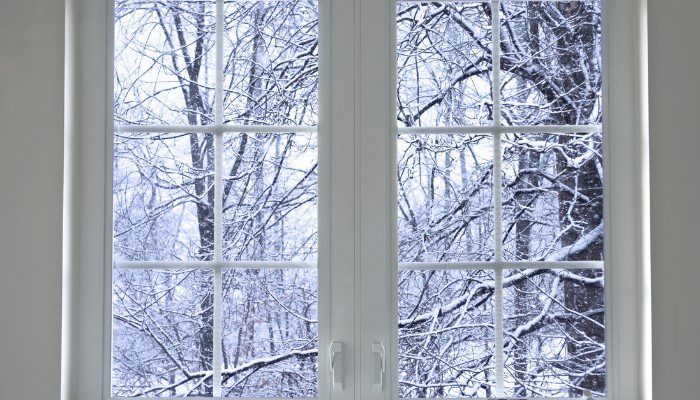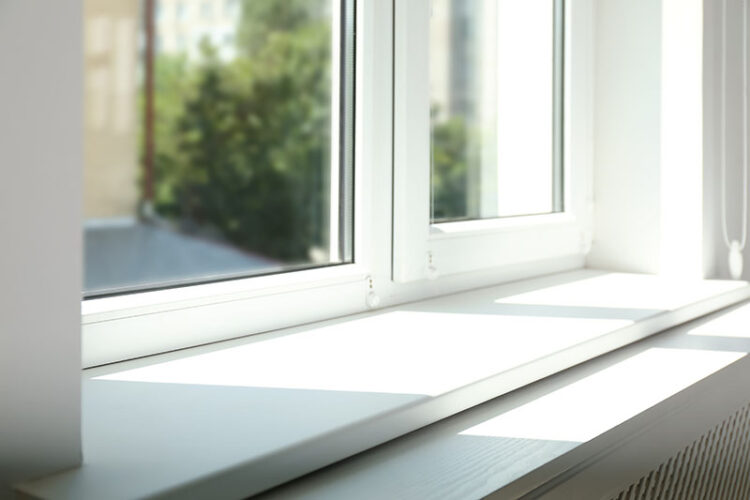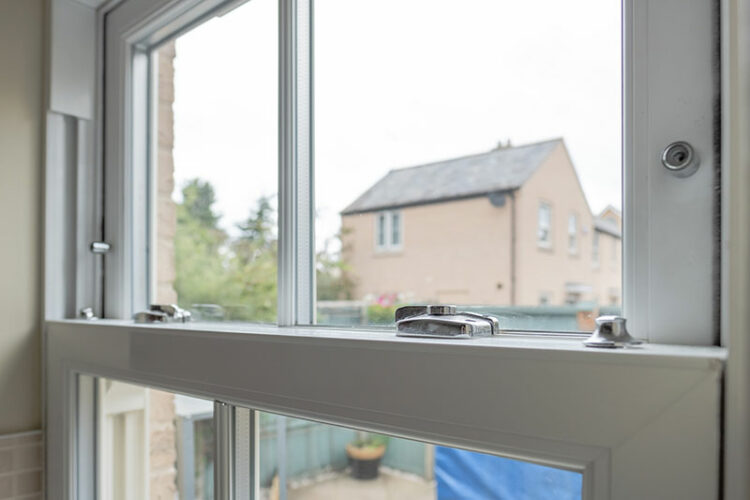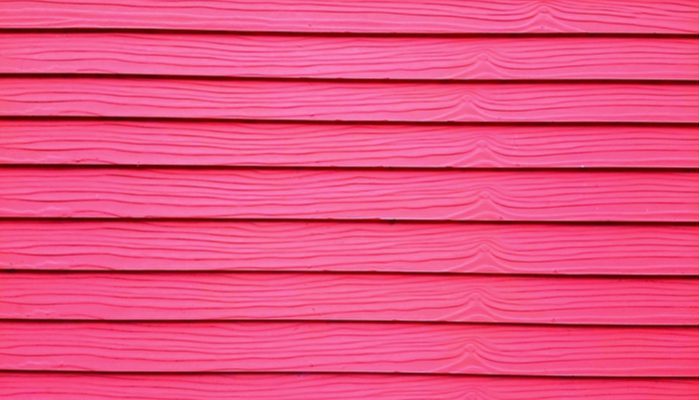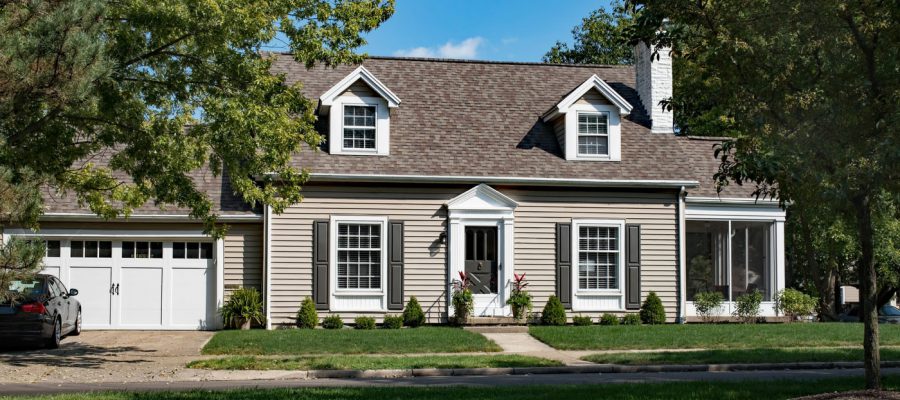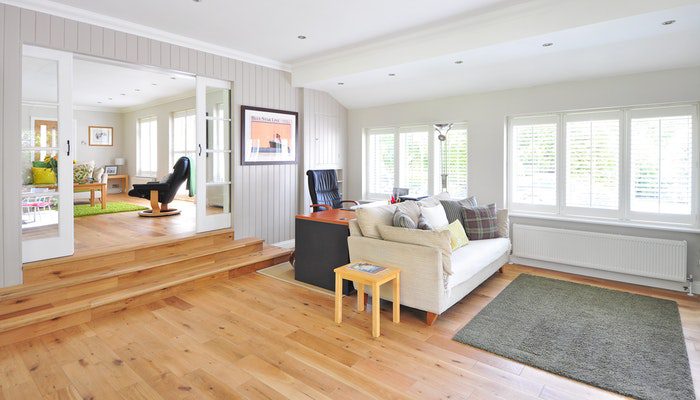What is Window Convection?
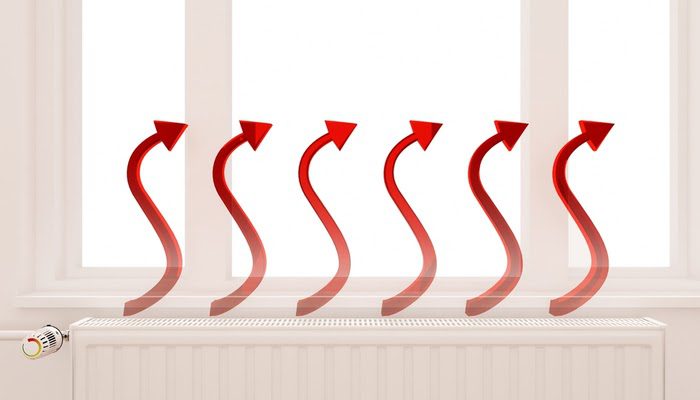
Understanding the principle of window convection is important, especially if you have many windows in your home. Many people think convection is the same thing as window drafts. Drafty windows involve airflow in and out of the home due to air leaks caused by poor installation, stripping, or an aging window frame. On the other hand, window convection occurs even when there are no air leaks. It is a process by which the heat flows up against the cooler surface of a window, forcing colder air to sink toward the ground and away from the surface. This air movement cycle can feel a lot like a window draft.
What is window convection?
To get a better understanding of window convection, you can try an easy experiment. Fill a glass with water and ice and let it stand for 10 minutes. Then put your hands around the glass without touching it. You will feel how warm air begins to push cold air on your hands.
During winter, the inside of the window usually feels warmer than the outside. Therefore, the window acts as a medium for heat transfer from the inside of your home to the outside. This is not that big of a problem on its own, but once the convection effect is added, your window turns into a heat conveyor. In other words, the window sucks the heat from the air that’s near the window, turning it into colder air. The colder air then sinks to be replaced by new warm air, and the cycle keeps on going until the air inside is the same temperature as the air outside.
Convection is one of the reasons why your residence is losing heat during winter. Reducing convection is essential for improving your home’s energy efficiency and reducing your heating bills during winter.
Convection vs. draft
Drafts occur when there are unsealed openings or gaps in the construction. They can be found in places like doors, windows, pipes leading outside, attic hatches, and ceiling-to-wall joints. The cold air enters your house through these spaces and can significantly raise your heating bill.
The draft effect can be mistaken for convection, which is a form of heat transfer. For most homes, windows account for about 10% of total heat loss; most of it is radiation through the window glazing, air leakage, and then convection. When it’s cold outside, the window glass cools down. When the warm air inside your home reaches the cold glass pane, it cools down and sinks, leaving room for new warmer air to “touch” the glass. This cycle will keep going until the outside and inside temperature equalize, and this is what creates a feeling of draft.
If you took a thermal camera and held it to your home, you would see that the hottest parts are the roof and windows. These are areas where the most heat is lost from the house. Convection can also occur inside the glazing cavity when the air inside it gets warmed by the inner glass pane, resulting in a current that transfers heat from the inner to the outer pane.
How to deal with window convection
There are many ways to deal with window convection. For example, to reduce the frequency or presence of convection, you should encourage warm air to reach the glass by leaving your curtain or blinds slightly open. Equalize air temperatures throughout the room by encouraging air movement (you can do it by putting a small fan near the window). Also, make sure that furniture doesn’t obstruct your heat register exchanges. This will make the convection in your home less pronounced.
Eventually, opt for double glazing your windows. Getting an extra layer of glass in front of each window panel will create a small air gap between panes, so the air that gets trapped inside will reduce the rate of convection heat transfer by acting as an insulator.
Reducing heat loss through window convection
On average, windows make up about 15-20% of the surface area of house walls. To reduce heat loss through convection, you must ensure that your windows are energy efficient. They must be properly insulated and optimized for heat gain (especially during winter time). Double pane or triple pane windows have improved insulation, thanks to the sealed air space between glass panes that reduce heat loss. Convection is minimized because there’s little room for the air to move, making it a poor heat conductor.
You can reduce window convection in your home by getting good airflow throughout the room and equalizing air temperatures. Do not let furniture, such as couches and tables, block your home’s heat registers. Leave your curtains or blinds slightly open to encourage warm air to reach the glass.
The best solution for eliminating the draft effect is to install more energy-efficient windows. These are designed to prevent cooled/heated air from escaping your residence. Thanks to their increased insulation, they ultimately lower your bills by reducing your energy usage. At 1-800 HANSONS, we provide energy-efficient windows that can match any home style and fit any budget. Click here for a FREE window estimate.
Get a Free Estimate Today
50% off installation. Special financing available. See details.


